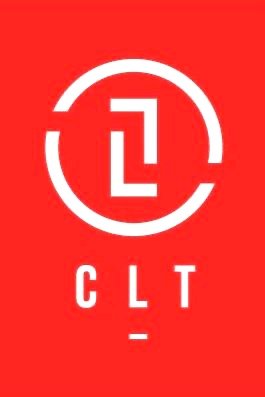You may be asking, “what do you mean Scrum or Agile case studies don’t work?” Afterall, isn’t the point of a case study to provide information about the successful Scrum or Agile transformation? Yes, case studies do just that. They provide the information about a particular company and its journey. But please remember that any Agile approach, Scrum in particular, means change. Structurally changing and behaviorally changing.
In Collaborative Leadership Team’s experience, there are 2 reactions to Scrum or Agile case studies that simply don’t work. Or that do more harm to your organization’s agility than good.
Cognitive Dissonance: When asked for “real” examples of organizations adopting Scrum or Agile frameworks we provide real company case studies in our classes and in our coaching. These examples contain factual information about decisions made, structural changes made and behavioral changes made. Yet countless students and clients then immediately reply with “Well that won’t work for our company because (fill in the various reasons)”. Dr. Harvey Robbins gave us a simple explanation. It’s cognitive dissonance. Even when presented with facts, the people in question will start to rationalize or hold true to existing beliefs that prevent them from making those changes. It’s not a case of “Scrum doesn’t work” or “Agile doesn’t work”. They work. If used as intended. If an organization does not want to change, they could choose not to. But there’s no value in calling something Scrum or Agile if there is no change behind it.
Copying without Knowledge: It’s great if case studies inspire your organization to change or to do something differently. But there is no quick fix, no magic pill or any shortcut. Too many organizations think they can simply copy another organization’s journey. Dr. Edwards Deming called this “copying without knowledge”. He noted that American management thinks they can just copy Japan but they do not know what they are copying! The same is true with Scrum and Agile. How many people try to copy Spotify? Never mind that their business has nothing to do with an online music streaming business, they just copy buzz words that Spotify doesn’t even use and say they are doing the “Spotify Agile method”. Even though no such thing exists. The reality is that every company has to take their own journey. They have to talk to each other, make decisions for their own business, make structural changes along with behavioral changes to achieve those goals and objectives.
What can you do instead? Create your own “case study.” Really make the structural and behavioral changes required and discuss what was learned from doing that. It doesn’t have to mean changing the entire company at once. It can be as simple as starting with one product or one initiative but really making the necessary changes. Then determine if goals and objectives were met for the product release or initiative. Were they not met? What did we learn? What could be improved?
If you are interested in learning for yourself and curious about how to get your own journey started, we’re here to help. Whether it’s joining our free user group, accessing free podcasts and blogs or attending one of our live, online workshops, check out our course schedule here.

